The Scania Chronicle
Page 9
By Christoph Büch and Steve St.Schmidt (Berlin 2023)
R, P (and T) series from 2004:
Farewell to the conventional trucks 2005
In spring 2004, Scania changed the nomenclature. The new generation was no longer called Series 5, but referred to the size of the cabs. As before, the R stood for the high long-distance cabs and the P for the lower cabs. The new models were presented at the end of September at the IAA in Hanover. The R-series was available with a total of five different cabs, all of which could be further customized:
Short, low R cab - CR 16 - 10.17 ft height
Medium-length, low R cab - CR 19 L - 10.17 ft height
Normal R cab - CR 19 N - 11.15 ft height
High Highline cab - CR 19 H - 11.61 ft height
Extra high Topline cab - CR 19 T - 12.66 ft height
To gain more interior height, the R cabs were now mounted higher above the engine. There were optimized cab fittings and a new five-cylinder engine with a displacement of 2.35 gallons in the standard Scania dimensions of 5 inches stroke and 5.5 inches bore. The power spectrum ranged from 230 to 310 hp. With 620 hp, the V8 was once again the top performer in Europe. Externally, the new models could be recognized by a modernized radiator grille with flowing lines and rounded corners. Instead of the engine capacity information, a badge appeared on the vehicles (seen from the outside next to the left headlight) with the cab type and the approximate engine output (for example P 270 or R 580).
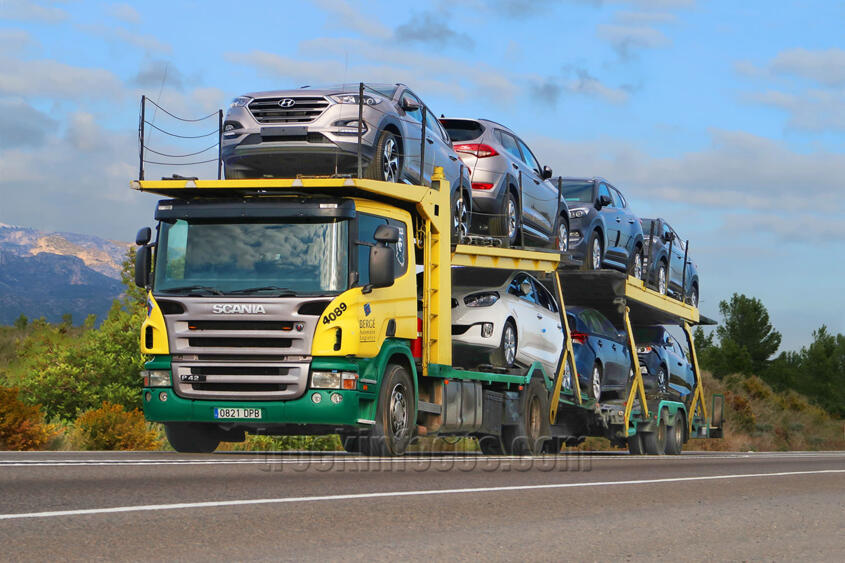
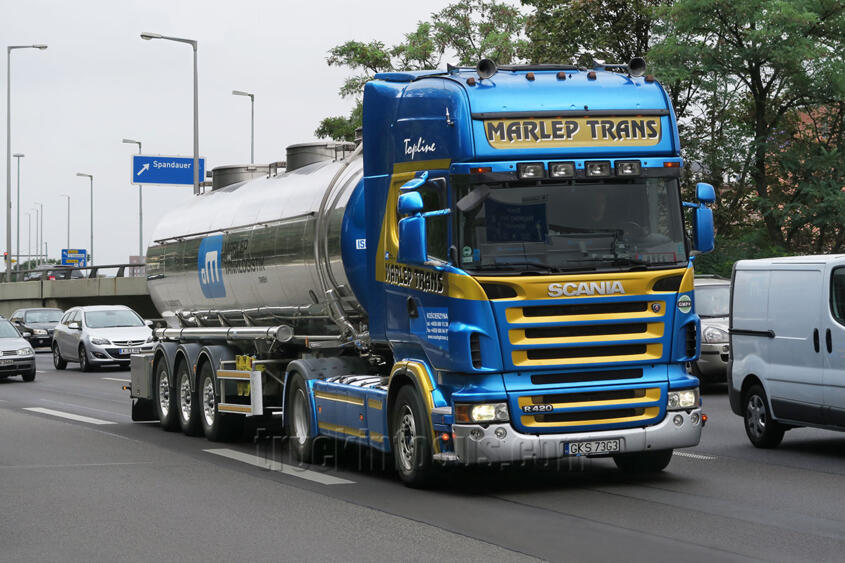
Production of the Series 4 continued at the Latin American Scania plant in São Bernardo do Campo (Brazil), but beginning in October 2004 it was marketed as the Série Evolução (Evolution Series) with the new P and R series engines and the changed model designations.
At the IAA 2004 in Hanover, Scania presented a restyled conventional truck, which was now called the T 320, T 500, T 580 or T 620, depending on the engine power. A modified bumper with rounded lines and a higher hood, under which the new engines with outputs of up to 620 hp could be accommodated, were the external hallmarks. However, the last Scania conventional truck was only built for a single year, as Scania decided to discontinue production in October 2005. Over the previous ten years, sales in Europe had halved, and in Latin America they had fallen by as much as 90 percent. In 2004, fewer than 1000 Scania conventionals were sold worldwide, which left no other conclusion than that there was no longer a market for them.
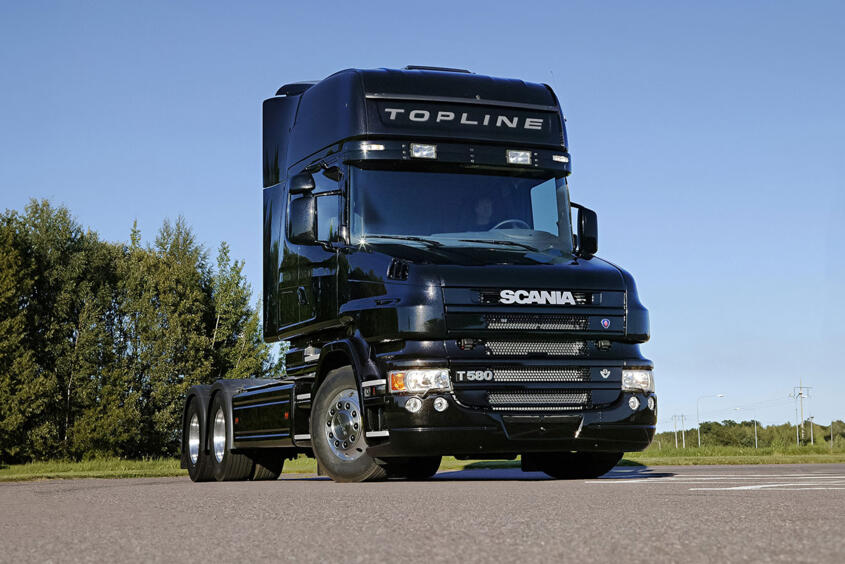
The total production of 53,000 vehicles in 2005 was divided between the main plant in Södertälje with 14,000 vehicles, Zwolle with 22,000, São Bernardo with 14,000 and Angers in France with 10,000 vehicles.
At the end of 2006, Scania launched a new low-entry version of the P cab, the CP 19 E, which was specially developed for refuse collection vehicles where operators have to get in and out quickly and frequently. The cab was designed to compete with the Mercedes-Benz Econic.
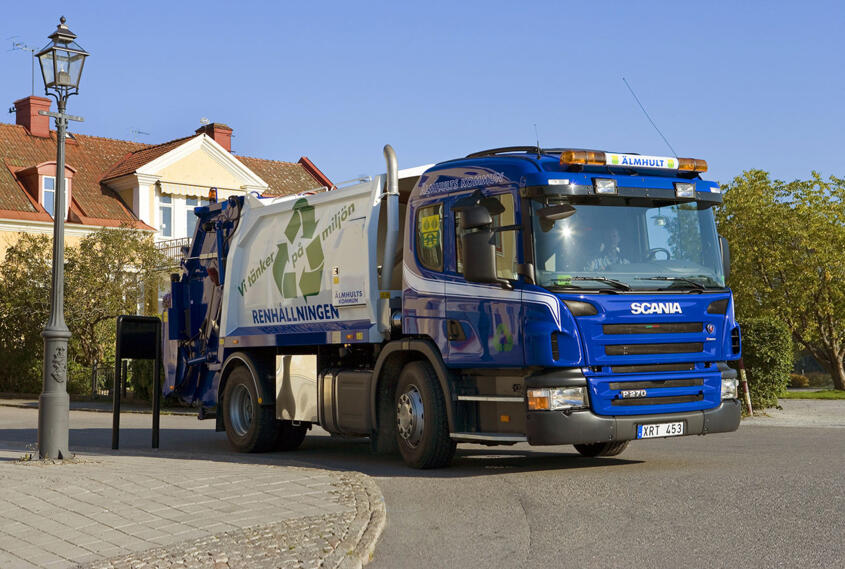
In September 2007, Scania introduced the completely new G series, whose cab height was between the P and R series - not to be confused with the earlier G cab of series 2 and 3, which was even lower than the P cab, nor with the G chassis of series 4. Externally, the G series differed from the R series by the narrower "belt" (the segment between the upper and lower radiator grille).
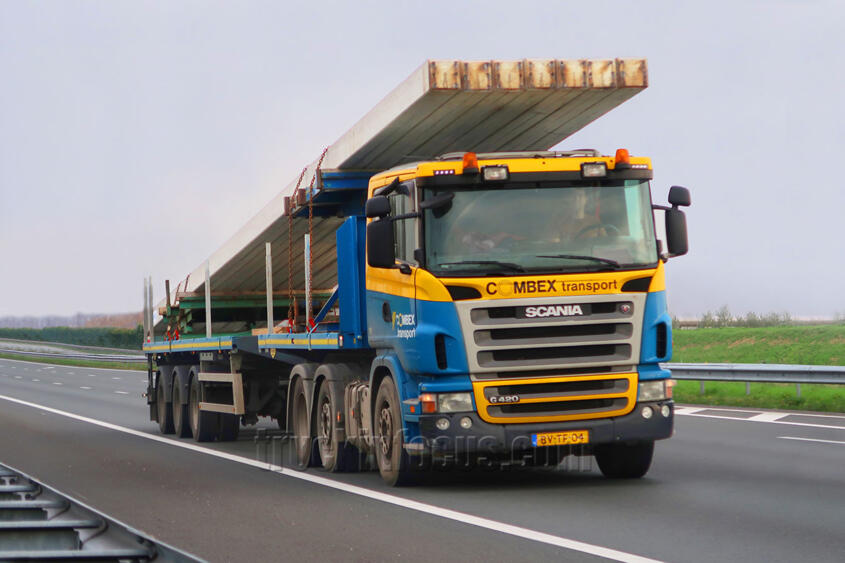
Compliance with the Euro 4 and later Euro 5 emissions standards required some effort. The Scania designers initially relied on exhaust gas recirculation and oxidation catalytic converters, but then opted for SCR catalytic converters with Ad-Blue injection (urea). The conversion of the engines to Euro 5 began with the 2.5-gallon five-cylinder engine with 230 to 320 hp. Two six-cylinder engines with displacements of 3.1 and 3.35 gallons produced 360 to 480 hp, the large V8 500 to 730 hp.
Since the beginning of 2008, Scania has been majority-owned by the VW Group, which had already taken over MAN's commercial vehicle division in the preceding years. The consolidation of the long-established and independent truck groups under the umbrella of Volkswagen Truck & Bus (Traton Holding since 2018) initially seemed problematic. Over time, however, the merger proved to be helpful and the brands now form a successful symbiosis, as rationalization through identical parts is the maxim. With its Scania, MAN, Volkswagen and Navistar (formerly International Harvester) brands, Traton SE is one of the world's leading commercial vehicle manufacturers and employs a total of more than 100,000 people.
In April 2008, Scania introduced its first ethanol-powered trucks (ED95), after almost two decades of producing ethanol-powered buses.
Scania now offered three series: the P series with a low cab, the G series with a higher cab for regional and construction site transport and the R series for long-distance transport. All cabs were available in different heights and lengths. Production in 2010 amounted to 61,000 trucks and 6,700 buses. 40 percent of production was sold in Europe, 30 percent in South America and 20 percent in Asia. Scania had production facilities in nine countries (in alphabetical order):
Brazil: São Bernardo do Campo (Scania Latin America Ltda.)
France: Angers (Scania Production Angers SAS)
India: Narsapur, Karnataka (Scania India; CKD)
Malaysia: Kuala Lumpur (Scania Malaysia Sdn. Bhd.; CKD)
Netherlands: Zwolle (Scania Production Zwolle)
Philippines: San Simon, Pampanga (Scania PH San Simon Plant; CKD)
Russia: St. Petersburg (MAN Production plant)
Sweden: Södertälje, Oskarshamn, Luleå (Scania AB)
Thailand: Samut Prakan (Scania Manufacturing Thailand Co., Ltd.; CKD)
Facelift 2009:
New grille design
At the end of 2009, the "New R Series" was introduced, an updated R Series with many innovations, including an optimized exterior design: the horizontal openings in the radiator grille were no longer rectangularly rounded, but wider and tapered upwards in a trapezoidal shape at the ends. The new shape with narrower bars ensured a higher air flow rate. There were also new details in the interior, including the option of a factory-installed coffee machine, a new version of the Scania Opticruise transmission system with automatic clutch and a driver assistance system. The G series received the upgrade in 2011, the P series in the course of 2013.
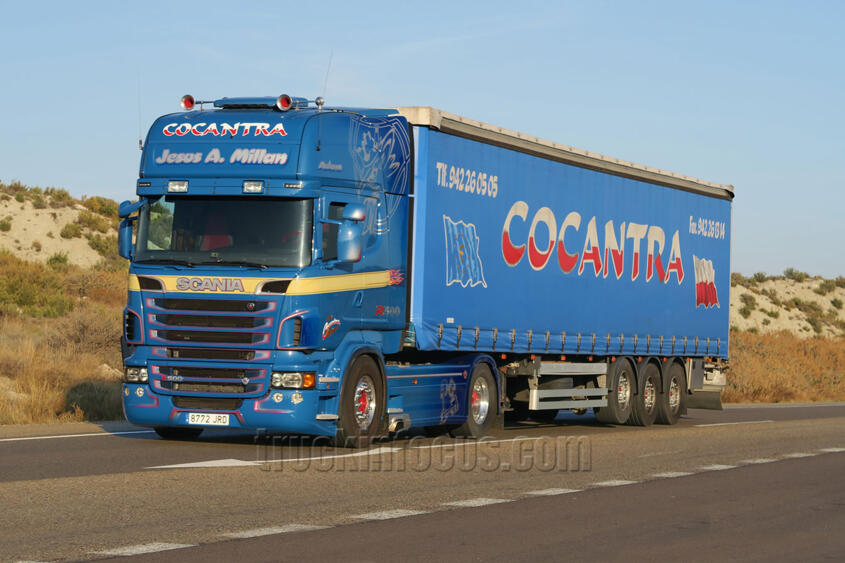
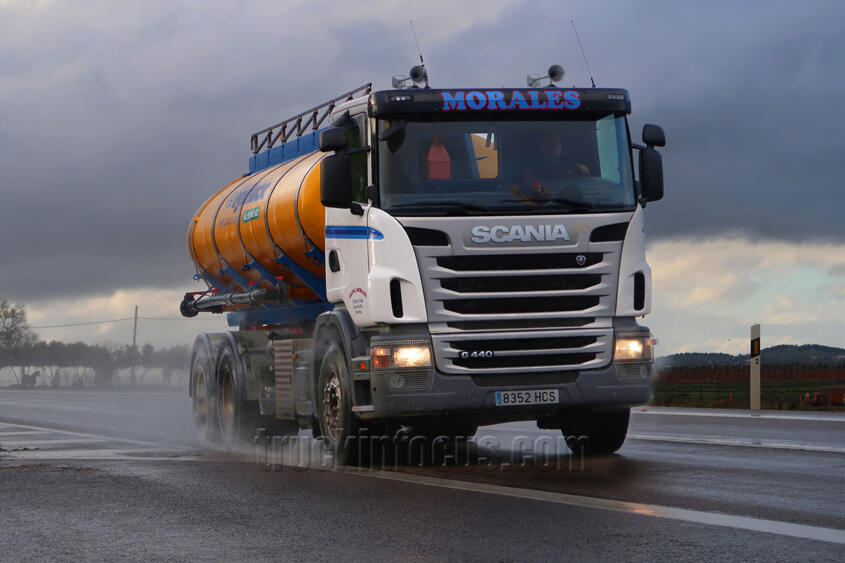
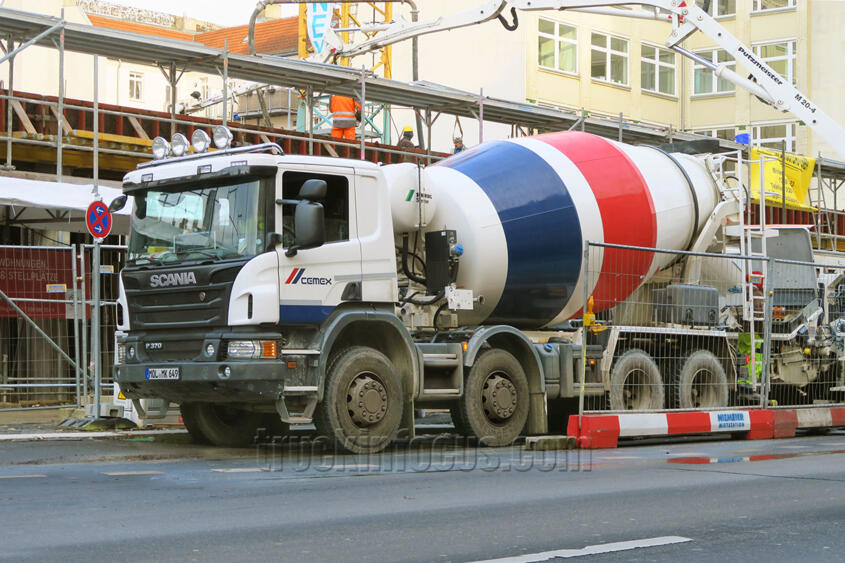
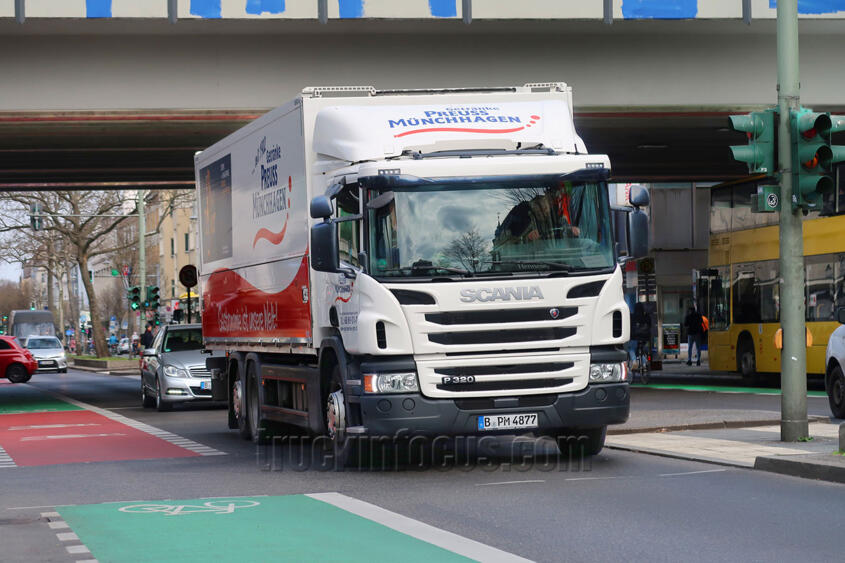
In April 2010, Scania launched a new version of the V8 engine with up to 730 hp, which was already prepared for the future Euro VI emission requirements. This made the new R 730 the most powerful series-produced truck in the world until it was trumped by the Volvo FH16 with 750 hp in September 2011.
In 2014, the wind deflectors on the front corners of the G and R series were given a new design. The "ears" typical since the Series 4 disappeared and were replaced by small "wings" at the lower edge of the body, which ensured better aerodynamics. The new shape was different for the R and G models
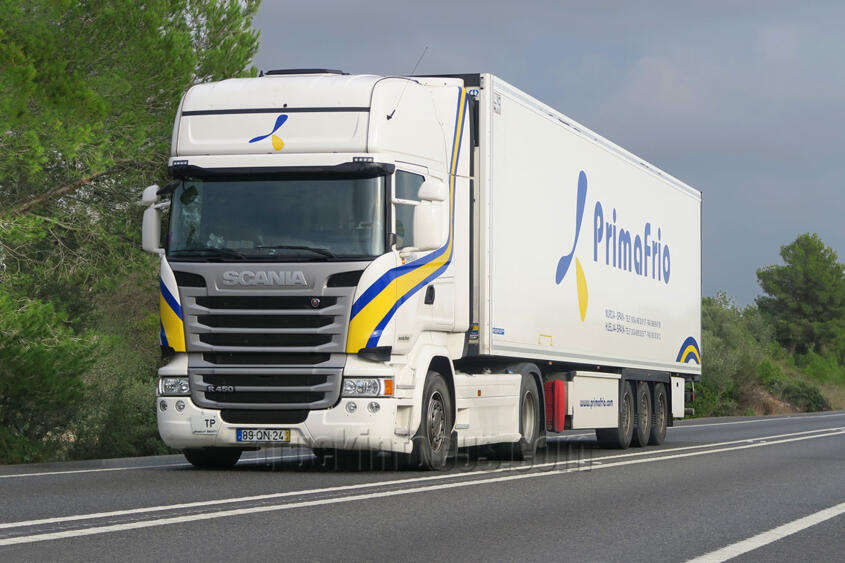
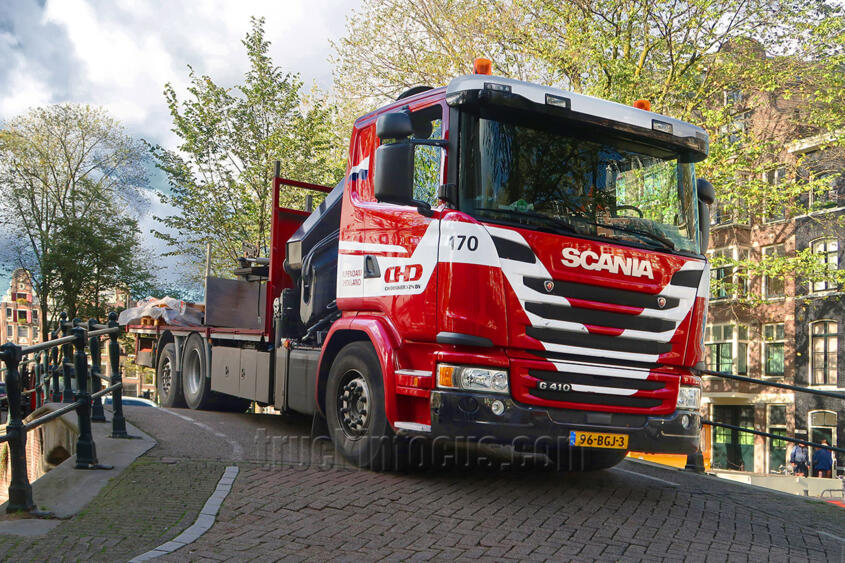
Since 2014, Scania has only used SCR catalytic converters (Selective Catalytic Reduction) with Ad-Blue injection to meet the Euro 6 standard, which meant lower diesel consumption with an increased Ad-Blue requirement. The exhaust gas recirculation technology had finally become too complex.